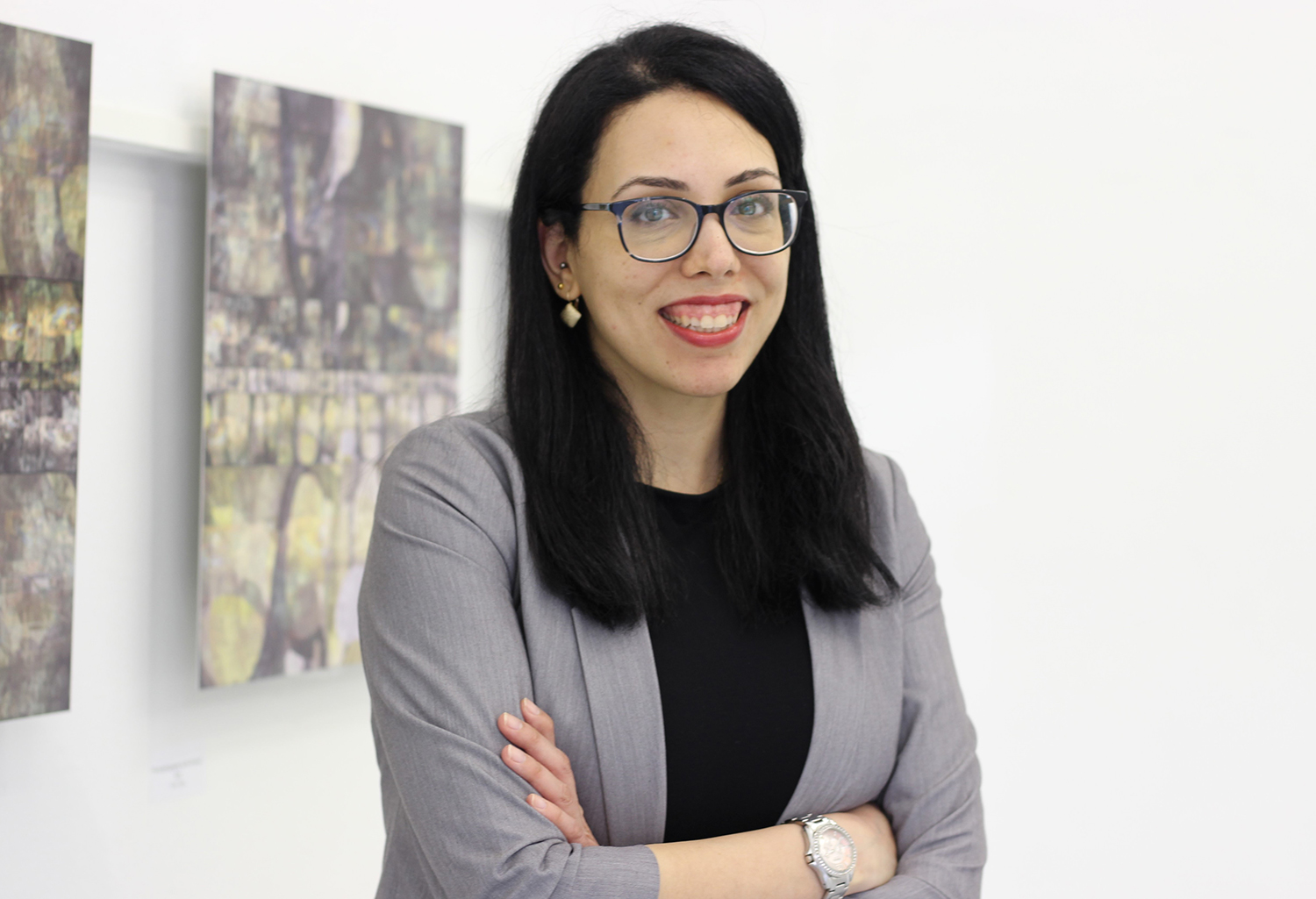Kahraman’s practice is heavily guided by her refugee experience, where notions of gender and trauma are consistent themes throughout her work. Recently, the artist has directed her research towards neuroscience, human immunology and “neurosculpting” – the ability to restructure the neural pathways in our brain through the gut microbiome – and how they specifically relate to trauma, and our ultimate goal to heal and repair.

Often referred to as the body’s “second brain”, the gut is responsible for our somatic state whereby the bacteria inside our gut regulates the hormones that control our feelings. Kahraman became increasingly fascinated with this theory, and how neurosculpting offers the potential to heal through the process of unlearning and relearning. In this body of work, Kahraman applies this theory alongside her own lived experiences to highlight the puissant connection between the mind and the body. Exposed and tangled digestive organs act as a visual metaphor of unravelling the restorative process.
Delving further into the gut microbiome as a site for recognition and renewal, Kahraman addresses the notion of “otherness” through the medium in which she paints. We have learnt to consider the bacteria and foreign microbes found inside our gut as undesirable, but in fact they are fundamental to our human psyche. By incorporating into her paintings the lilac dye from torshi – fermented beetroot served in Middle Eastern cuisine which is believed to improve mental wellbeing via the gut, and jars of which are on view in the exhibition – Kahraman affirms that the microbial world is verification of our acceptance of difference. Physically painting with torshi – i.e. bacteria – serves as an allegory to how we sentient beings live in symbiosis with the “other”.
About Hayv Kahraman
Hayv Kahraman (b. 1981, Baghdad, Iraq) is an Iraqi, Kurdish artist based in Los Angeles whose figurative paintings examine the gendered and racialized body politics of migrant consciousness. Her work is a reflection on otherness as a form of dehumanization, focusing on the gap between the immigrant, nonwhite, genderly marked other and the way they are perceived by the white hetero-patriarchal normative same.

About The Third Line
Founded in 2005, The Third Line is a Dubai-based gallery that represents contemporary Middle Eastern artists locally, regionally, and internationally. A pioneering platform for established talent and emerging voices from the region and its diaspora, The Third Line has built a dynamic program that explores the diversity of practice in the region. In addition to its exhibitions, The Third Line engages in the production of art publications in English and Arabic and hosts numerous non-profit, alternative programs that add to the discourse on art, film, music and literature in the region.
For more information https://thethirdline.com/






